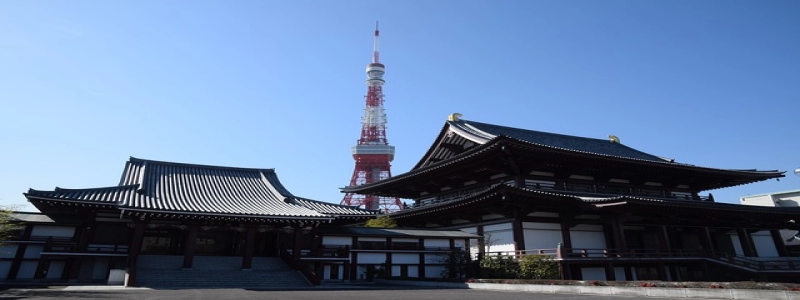Energy Efficient Ethernet On or Off
Introduction:
Energy Efficient Ethernet (EEE) is a networking technology designed to reduce power consumption in Ethernet networks. It allows network devices to save energy by dynamically adjusting their power consumption based on the traffic load. However, the decision of whether to enable or disable EEE should not be taken lightly. This article aims to provide a detailed explanation of the pros and cons of using EEE in a network environment.
I. Understanding Energy Efficient Ethernet:
Energy Efficient Ethernet is a feature that allows network devices to enter a low-power sleep mode during periods of low network activity. It achieves this by decreasing the speed at which data is transmitted, leading to reduced power consumption. When network traffic increases, devices automatically ramp up to full speed to ensure smooth data flow.
II. Pros of Enabling EEE:
1. Energy savings: EEE can significantly reduce power consumption in network devices, resulting in cost savings and a smaller carbon footprint. This is particularly beneficial in environments with high network traffic as devices spend more time in sleep mode.
2. Increased device lifespan: By reducing power consumption, EEE can help extend the lifespan of network devices, as they are not constantly operating at maximum capacity.
3. Improved scalability: EEE allows for better scalability by optimizing power consumption based on the actual network load. This ensures that resources are efficiently allocated, preventing over-expenditure on unnecessary power usage.
III. Cons of Enabling EEE:
1. Increased latency: When network devices are in sleep mode, there is a delay in data transmission as they ramp up to full speed. This latency can impact network performance, especially in real-time applications that require immediate data exchange.
2. Compatibility issues: EEE may not be supported by older network devices or certain network configurations. Enabling EEE in such cases can lead to compatibility issues, resulting in network instability.
3. Reduced network responsiveness: Since network devices take time to wake up from sleep mode, there may be a delay in responding to sudden bursts of network activity. This can impact the availability and reliability of the network.
Conclusion:
The decision to enable or disable Energy Efficient Ethernet in a network environment depends on various factors such as power consumption requirements, network traffic, and application needs. EEE offers significant energy savings and improved device lifespan, but at the expense of increased latency and potential compatibility issues. Network administrators should carefully evaluate these pros and cons before making a decision, ensuring that their network performance and reliability are not compromised.








